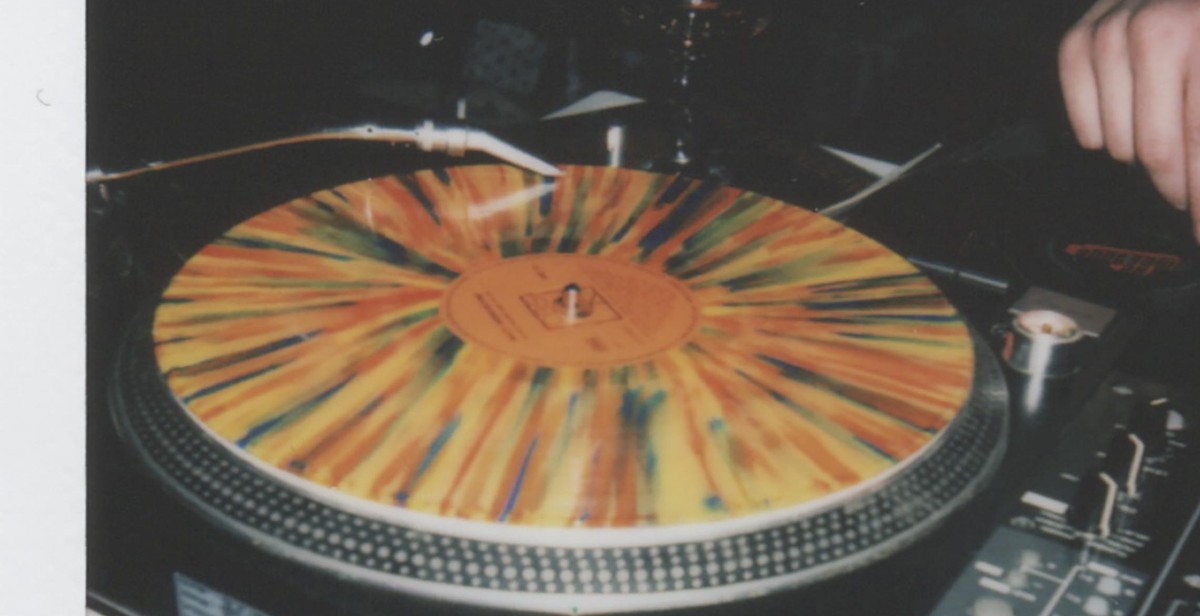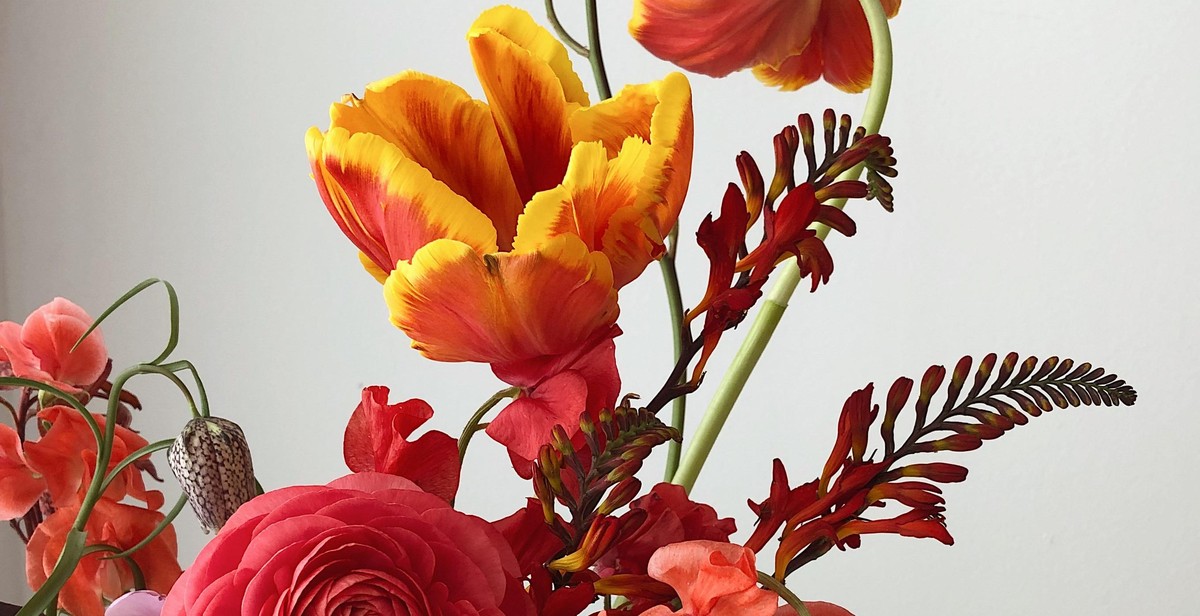How to DJ: Beginner’s Guide to Mixing and Beatmatching
Are you interested in DJing but don’t know where to start? Have you been to a club or a music festival and wondered how the DJ was able to seamlessly mix and match tracks? DJing is a fun and exciting hobby that can also turn into a lucrative career. In this beginner’s guide, we will cover the basics of DJing, including mixing and beatmatching.
What is DJing?
DJing is the art of playing and mixing music for an audience. A DJ is responsible for creating a seamless and continuous flow of music that keeps the audience engaged and dancing. The role of a DJ has evolved over the years, from playing vinyl records to using digital software and controllers. However, the basic principles of DJing remain the same – selecting and mixing tracks to create a cohesive and enjoyable experience for the audience.
Why Learn to DJ?
Learning to DJ can be a fulfilling hobby or a career path. It allows you to express your creativity and share your love of music with others. DJing can also lead to opportunities such as playing at clubs, festivals, and events. Additionally, it can teach you valuable skills such as time management, organization, and public speaking. Whether you want to become a professional DJ or just want to have fun at parties, learning to DJ is a worthwhile pursuit.

Equipment and Software
As a beginner DJ, it’s important to understand the different types of equipment and software available to you. The most common options for DJ equipment are DJ controllers and CDJs.
DJ Controller vs CDJs
DJ controllers are a popular choice for beginner DJs because they are more affordable and easier to use. A DJ controller is a piece of hardware that connects to your computer or laptop and allows you to control the DJ software using physical knobs, buttons, and faders. Some popular DJ controllers include the Pioneer DDJ-SB3 and the Numark Mixtrack Pro 3.
CDJs, on the other hand, are standalone DJ players that have been used by professional DJs for many years. They are more expensive than DJ controllers, but they offer a more tactile and traditional DJing experience. CDJs allow you to play music directly from CDs or USB drives and offer more advanced features such as looping, hot cues, and effects. Popular CDJ models include the Pioneer CDJ-2000NXS2 and the Denon DJ SC5000 Prime.
DJ Software
DJ software is the digital platform that allows you to mix and manipulate music on your computer or laptop. Some popular DJ software options include Serato DJ, Traktor Pro, and rekordbox. DJ software allows you to load and organize your music library, set cue points, and apply effects to your tracks. It also allows you to control your DJ controller or CDJs.
Headphones and Speakers
As a DJ, you’ll need a good pair of headphones to monitor your mixes. Look for headphones that have a flat frequency response and good noise isolation. Some popular options include the Sennheiser HD 25 and the Audio-Technica ATH-M50x.
You’ll also need a set of speakers to play your music for your audience. Look for speakers that have a good frequency response and are powerful enough to fill the room. Some popular options include the JBL EON615 and the QSC K12.2.
Overall, the equipment and software you choose will depend on your budget, preferences, and goals as a DJ. Whether you choose a DJ controller or CDJs, and whether you use Serato DJ or Traktor Pro, make sure to practice and experiment with different setups to find what works best for you.
Beatmatching
Beatmatching is the process of aligning the beats of two different tracks so that they play in sync with each other. This is an essential skill for any DJ who wants to create seamless transitions between songs.
Understanding Beats and Bars
Before you can start beatmatching, you need to understand the basics of beats and bars. In music, a beat is a regular pulse that is used to measure time. A bar is a group of beats that are played together to create a rhythmic pattern. Most dance music is structured in 4/4 time, which means that each bar contains four beats.
How to Count Beats
To beatmatch, you need to be able to count beats accurately. This involves listening to the music and counting the beats in your head. The easiest way to do this is to count along with the music using numbers or syllables.
For example, if you are listening to a track in 4/4 time, you would count like this:
- 1
- 2
- 3
- 4
- 1
- 2
- 3
- 4
Manual Beatmatching
Manual beatmatching involves using your ears and a pitch control to adjust the tempo of one track so that it matches the tempo of the other track. This can be a challenging skill to master, but it is essential for DJs who want to create seamless transitions between songs.
To manually beatmatch, you need to listen to both tracks and adjust the pitch control on one of the decks until the beats are perfectly aligned. You can use the jog wheel to nudge the track forwards or backwards to get it in time.
Using Sync
Many modern DJ controllers and software programs come with a sync button that automatically beatmatches tracks for you. While this can be a useful tool for beginners, it is important to learn how to beatmatch manually so that you can develop your ear and become a more skilled DJ.
If you do choose to use the sync button, it is still important to listen to the music and make sure that the beats are perfectly aligned. Sometimes the sync function can be slightly off, which can result in a noticeable gap between the two tracks.
| Manual Beatmatching | Using Sync |
|---|---|
| Requires skill and practice | Quick and easy |
| Allows for more creative mixing | Can be less precise |
| Essential skill for DJs | Can be a crutch for beginners |

Mixing
Once you have your tracks selected, it’s time to start mixing them together. Mixing is the process of blending two or more tracks together in a way that creates a seamless transition between them. There are several techniques that DJs use to achieve this, including phrasing, EQ mixing, filter mixing, and effects.
Phrasing
Phrasing is the process of matching the structure of two tracks so that they blend together seamlessly. Most tracks are structured in 4, 8, or 16 bar phrases, which means that each section of the track lasts for a certain number of bars before repeating. To mix two tracks together, you want to make sure that the phrases line up. This can be done by listening to the tracks and counting the bars in your head. Once you have the phrases lined up, you can start to blend the tracks together.
EQ Mixing
EQ mixing is the process of adjusting the equalization of two tracks so that they blend together better. Each track has its own frequency spectrum, and by adjusting the EQ, you can make sure that the tracks are not competing with each other. For example, if one track has a lot of bass, you may want to cut the bass on the other track so that they don’t clash. Similarly, if one track has a lot of high frequencies, you may want to cut the highs on the other track to make sure they don’t sound too harsh when played together.
Filter Mixing
Filter mixing is the process of using filters to blend two tracks together. Filters are audio effects that allow you to adjust the frequency content of a track. For example, a low-pass filter will cut out all the high frequencies, while a high-pass filter will cut out all the low frequencies. By using filters to gradually blend two tracks together, you can create a smooth transition between them.
Effects
Effects can be used to add interest and excitement to your mix. There are many different effects that you can use, including reverb, delay, and flanger. When using effects, it’s important to use them sparingly and to make sure that they don’t overpower the mix. Effects can be a great way to add variety to your mix, but they should be used carefully.
| Technique | Description |
|---|---|
| Phrasing | Matching the structure of two tracks so that they blend together seamlessly |
| EQ Mixing | Adjusting the equalization of two tracks so that they blend together better |
| Filter Mixing | Using filters to blend two tracks together |
| Effects | Adding interest and excitement to your mix with audio effects |

Creating a Set
Creating a setlist is an important aspect of DJing. It involves selecting and arranging tracks in a way that creates a cohesive and enjoyable experience for your audience. Here are some tips to help you create a setlist:
Reading the Crowd
One of the most important things to consider when creating a setlist is the audience you will be playing for. You need to read the crowd and understand what kind of music they want to hear. This will help you to select tracks that will keep them engaged and dancing.
Transitions
The way you transition from one track to another is also important. You want to create smooth and seamless transitions that keep the energy flowing. Practice different transition techniques such as beatmatching, phrasing, and EQ mixing to create a polished and professional sound.
Energy
The energy of your set is also an important factor to consider. You want to build up the energy gradually, starting with slower and more mellow tracks and gradually increasing the tempo and intensity. This will keep the audience engaged and help them to stay on the dance floor.
| Setlist Example | Artist | Track |
|---|---|---|
| 1 | DJ Shadow | Midnight in a Perfect World |
| 2 | Disclosure | Latch (feat. Sam Smith) |
| 3 | Calvin Harris | Slide (feat. Frank Ocean & Migos) |
| 4 | Daft Punk | One More Time |
Remember, creating a setlist takes practice and experience. Don’t be afraid to experiment and try new things to find what works best for you and your audience.
